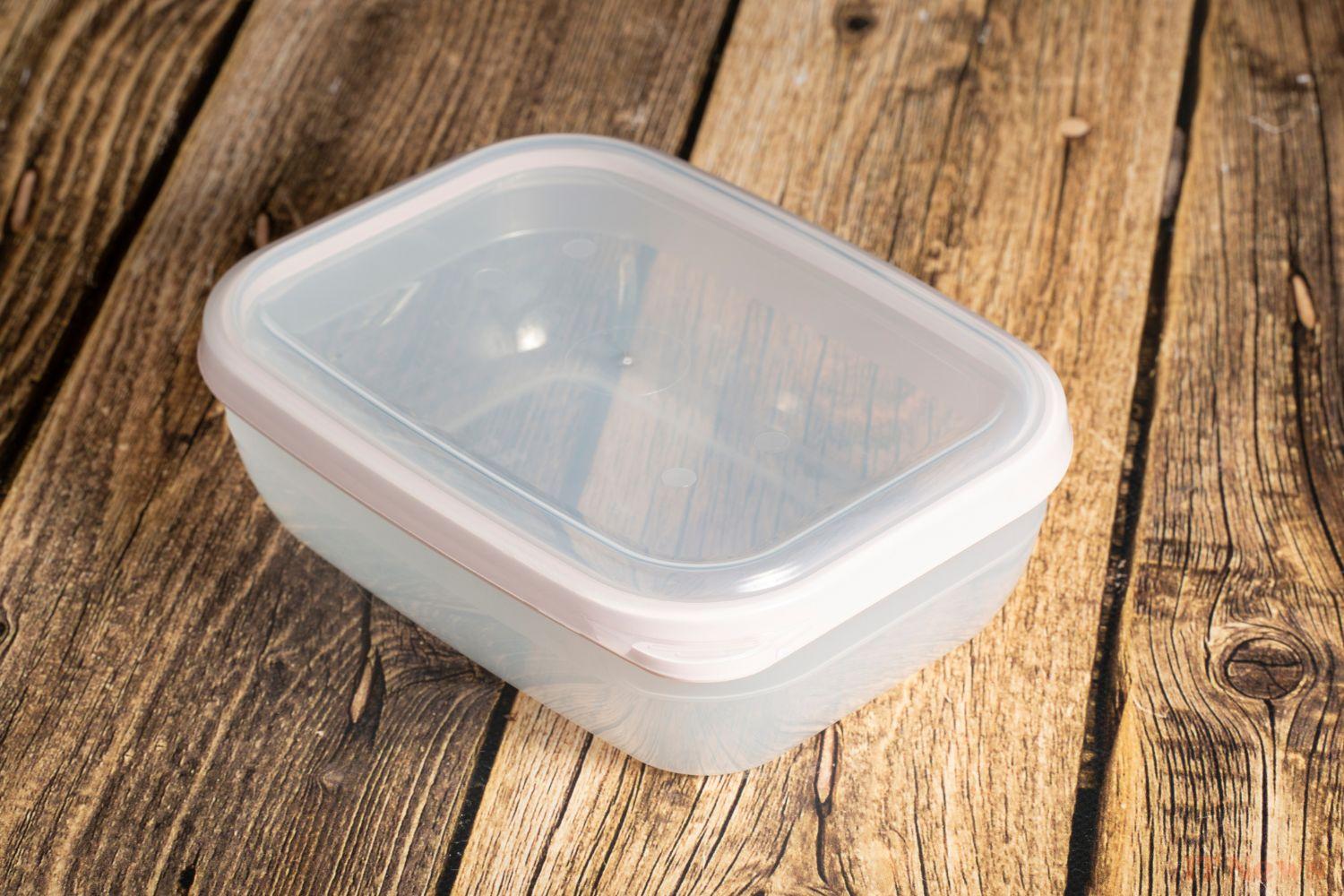Plastic containers dedicated to food preservation are filling our cupboards like weeds in spring. While they are very practical for storing leftover food, being lightweight, airtight, and reusable, they also pose a significant risk to our health when they age.
Cocktails of chemical compounds
Most plastic containers contain potentially dangerous additives, such as Bisphenol A (BPA), classified as an endocrine disruptor. This compound Chemicals can migrate into food under the influence of several factors such as heat, the fat or salt content of the food, or the condition of the container, and then be ingested by the human body. Unfortunately, these are exactly the hazards to which this type of container is usually subjected.
According to the Cancer Center, the effects of plastic boxes on health are still poorly understood, but are suspected of being involved in many disorders, ranging from infertility to diabetes, including obesity, or thyroid dysfunction. Proof of its widespread contamination: a study published in 2005 in Environmental Health Perspectives revealed that BPA was present in the urine of 95% of the Western population, with effects potentially transmissible over several generations.
In France, the law remains unclear
In France, the use of BPA has been banned in the composition of food containers since January 1, 2015, in accordance with the directives of the National Agency for Food Safety health of food, the environment and work. However, two major problems persist: on the one hand, many BPA-based containers can still be found in our kitchens, particularly if you have boxes that are more than ten years old. On the other hand, the substitutes used, such as Bisphenol S or F, do not yet have sufficient data regarding their toxicity.
Signs of wear and tear in sight
Several signs should alert you to the condition of your plastic containers. First, the presence of stubborn stains and persistent bad odors is a sign of bacterial proliferation. These microorganisms find refuge in the irregularities of the plastic and become impossible to completely eliminate, even after several washes. Second, the presence of scratches and scuffs, even superficial ones, constitutes a veritable highway for the migration of particles into your food, ranging from microplastics to harmful chemical compounds such as phthalates. Finally, a change in the color of the plastic is a sign of advanced chemical degradation. If your box begins to yellow or If the plastic container shows discoloration, this indicates that the material is decomposing and potentially releasing hazardous substances. Therefore, avoid storing food in it.
What alternatives are there?
On average, studies estimate that a plastic container has a life cycle of only 100 washes in the dishwasher or in hot water. Given these risks, the Ministry of Health recommends using alternative materials suitable for food contact, such as glass or stainless steel. In addition to being stronger and more durable, they also represent a significant investment in your health.



0 Comments